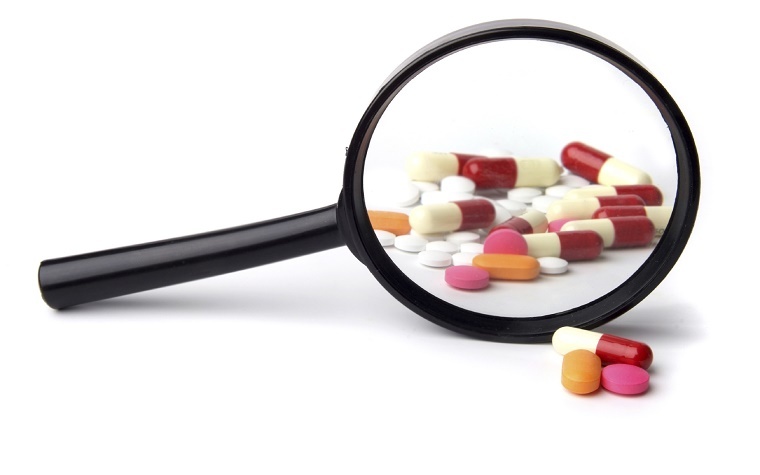
Government price controls on pharmaceuticals won’t solve how companies in a free market such as the United States do business, an expert at the American Council of Science and Health (ACSH) recently told Patient Daily.
“Bottom line: Price controls never work for anything,” Dr. Josh Bloom, director of Chemical and Pharmaceutical Sciences at ACSH, said.
In fact, there have been government-mandated price controls in the U.S. that were -- and continue to be – disasters, Bloom said, pointing to those instituted in 2006 for Medicare largely for injectable drugs administered by providers.
“This resulted in many generic drug companies discontinuing the manufacture of low-margin drugs as reimbursement dropped,” Bloom said. “Shortages of common hospital drugs like saline, morphine, IV vitamins and chemo drugs, etc., quadrupled within five years.”
The problem also was exacerbated by "gray markets," he said, in which “unscrupulous buying groups would purchase the entire supply of a drug from a single manufacturer,” further contributing to shortages as well as skyrocketing prices.
The subject of government price controls on pharmaceuticals has been brought up numerous times of late given the exorbitant price hike by Turing Pharmaceuticals for a 60-year-old generic drug used to treat the parasitic infection Toxoplasmosis.
In explaining the impact that price controls would have, Bloom said “patients need to know that drug pricing is complex and varies greatly from country to country.”
Before setting a price for a drug, the industry gets input from payers, providers, patients and consumers, while also determining if the drug is a significant advancement in medicine and whether it is coming out in a crowded marketplace.
“Price controls are already in place in many countries,” Bloom said. “In the EU, drug prices are set, and at a much lower cost than in the U.S., where they are negotiated between companies and pharmacy benefit providers.”
Other countries, including Canada, do have a price floor and they will “artificially inflate generic drug prices … to protect their generic manufacturing industries,” he said.
In the U.S, where generic drug use constitutes approximately 90 percent of the prescriptions written, Bloom said “we don’t have a ceiling, but we don’t have a floor,” which essentially benefits the population at large because most drugs are generic.
Additionally, he said, the list price is not what the patient or public and private payers pay.
“The prices are negotiated (and) we have rules in the U.S. that guarantee the best prices for government payers, such as the VA or Medicaid,” Bloom told Patient Daily. “These institutions also have guaranteed rebates of greater than 20 percent; finally, they also have consumer price index guarantees that protect them from price increases.”
Bloom noted that the U.S. is essentially subsidizing much of the world and as long as drug companies can earn enough from successful drugs to cover the cost of not only their development, but the cost of the multiple candidates that failed, then new drug discovery will continue.
“If they cannot, discovery will cease," he said.
For the foreseeable future, medicines will only consume 10 percent of the health care costs, Bloom said.
“Why? Because unlike any other part of health care they have a fail-safe mechanism of where prices are controlled as medicines pricing power is based on the limited life of the patent – as they lose patents, the price of the drug generally drops by 95 percent,” he said.
At the same time, however, no such benefits exists in other health care segments, Bloom said.
For instance, “there are no generic surgeries or hospitals, thus the prices of those services will continuously increase over time.”